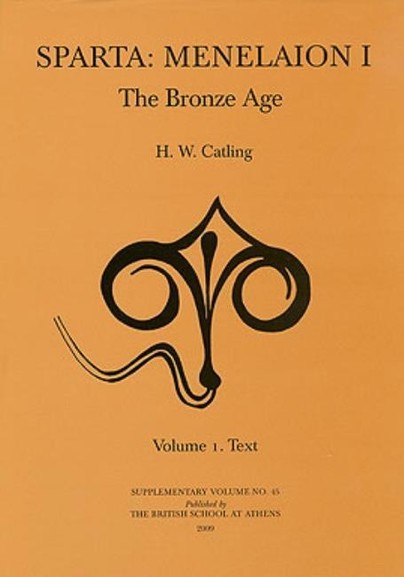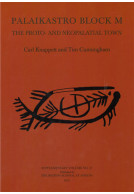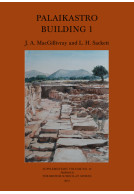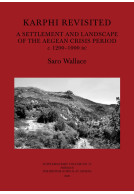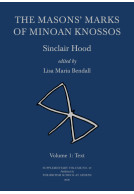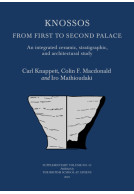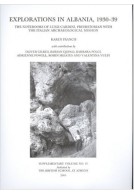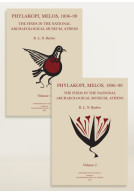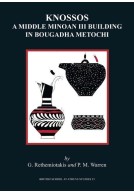Sparta, Menelaion I (Hardback)
Series: BSA Supplementary Volume
Pages: 890
ISBN: 9780904887594
Published: 22nd July 2009
Casemate UK Academic
(click here for international delivery rates)
Order within the next 9 hours, 12 minutes to get your order processed the next working day!
Need a currency converter? Check XE.com for live rates
This is the account of an excavation by the British School at Athens at the major Mycenaean settlement in the central Eurotas valley of Laconia, close to the site of ancient and modern Sparta, in the south-central Peloponnese. The site was first identified and partly explored by the British School (under its sixth Director, R. M. Dawkins) in 1909-10. This volume presents the results of fieldwork undertaken by the School in 1973-77, 1980 and 1985, led by the then Director, H. W. Catling. Excavation of the Mycenaean settlement concentrated on the upper part of the Menelaion ridge - comprising the North Hill, the Menelaion and Prophitis Elias Hills, and Aetos - covering an area of not less than 10 hectares. The ridge may have been first occupied during the Final Neolithic; there had certainly been a small Early Helladic settlement. All three hilltops had traces of Middle Helladic use, including several burials. Reinvestigation of the 1910 complex on the Menelaion Hill revealed superimposed 'Mansions', the earlier built in the 15th c. BC (LH IIB), the later in the earlier 14th c.(LH IIIA1). Their plans suggest prototypes for the much larger 13th c. palaces at Mycenae, Tiryns and Epano Englianos (Pylos). On the North Hill remains were damaged by severe erosion, but on Aetos a 15th-13/12th c. building sequence was associated with a ruined, once massive terrace wall. The present volume presents an exhaustive account of the Bronze Age structures (ca 50 in all) spread across the Menelaion Ridge. Detailed considerations of the stratigraphy and architecture are supported by approximately 175 plans and sections; a further 25 in-text illustrations elucidate specific features. The pottery from each deposit is presented in catalogue format, supported by statistical analyses, drawings and photographs. In addition, there is an overall appraisal of the ceramic finds, in relation to those attested elsewhere in mainland Greece and beyond. Also catalogued and discussed are 'small finds', including objects of metal, terracotta figurines, spinning and weaving equipment, and objects of stone. The few seals and sealings are described by H. Hughes-Brock. Painted wall plasters and architectural stone are also fully treated. A final chapter considers topographical and environmental issues, and places the Menelaion within the context of both Laconian and wider Aegean developments Much further information is gathered in CD-Rom form, including the 1910 excavation records and commentary; and full qualitative and quantitative tabulations of uncatalogued pottery. Appendices by R. E. Jones present technical analyses of plasters and pigments; XRF analysis of bronzes; the proton magnetometer survey; and chemical analyses of pottery (with J. Tomlinson). Further appendices concern human skeletal material (N. Brodie); and animal bone (G. Jones).







